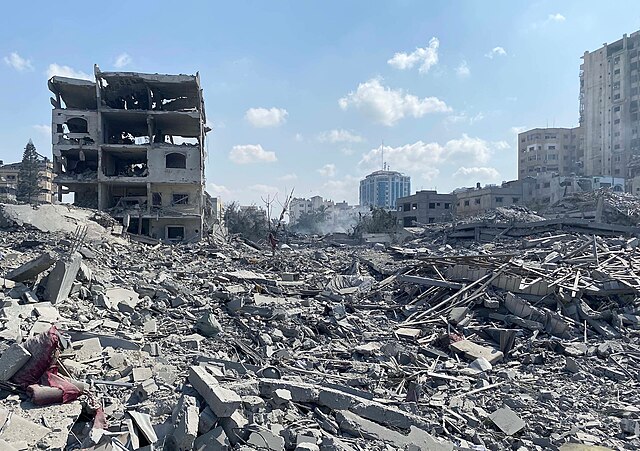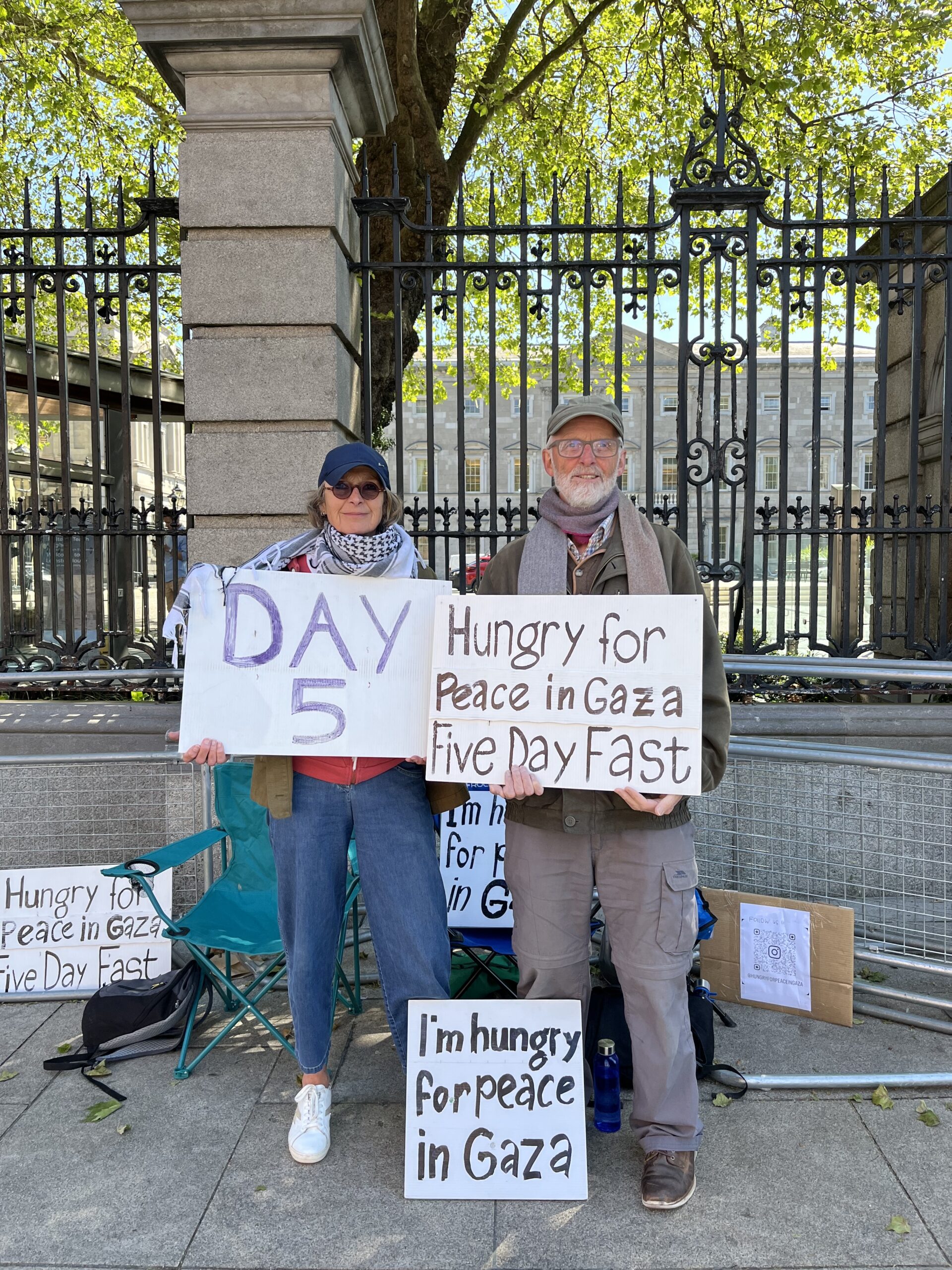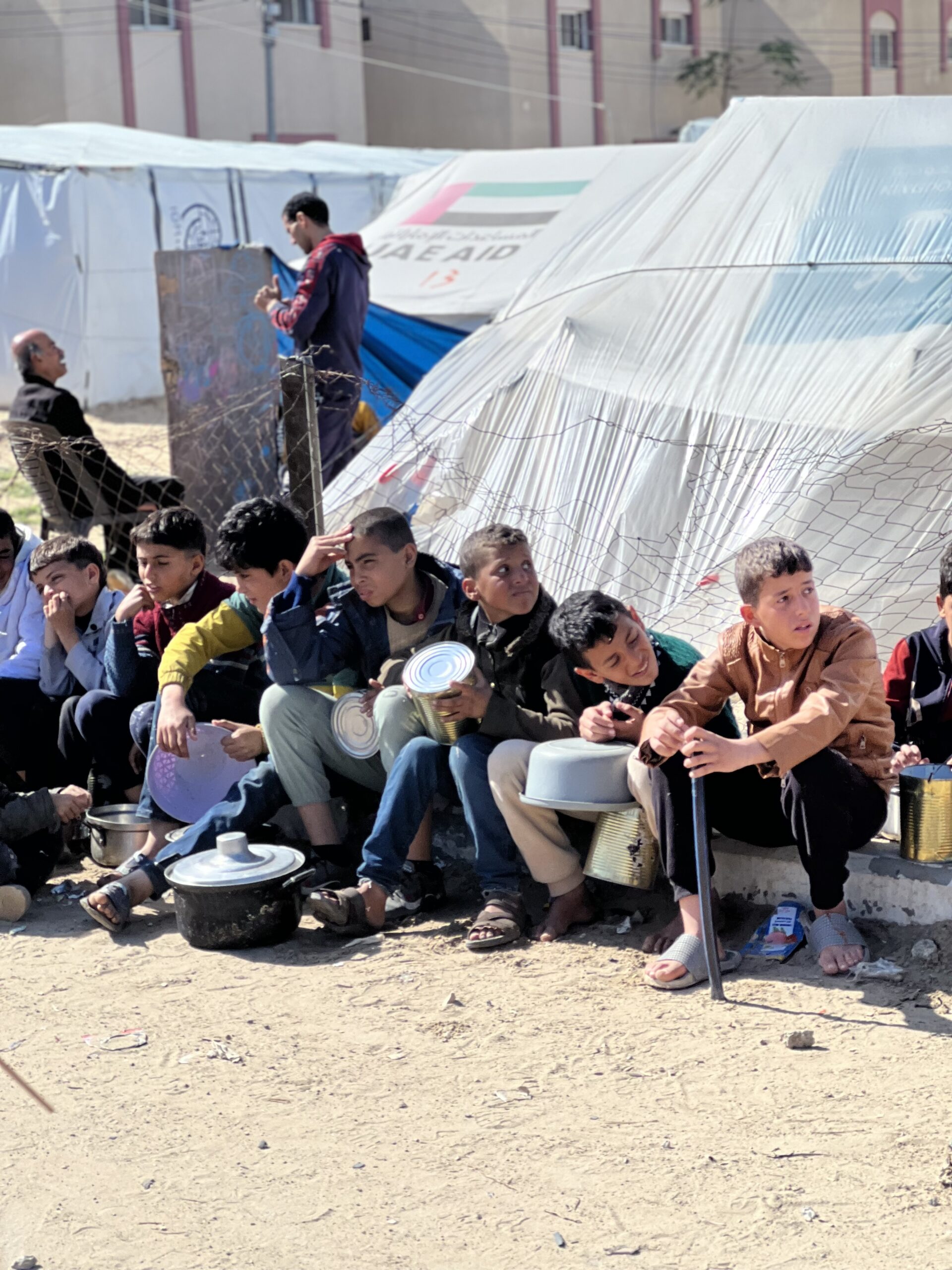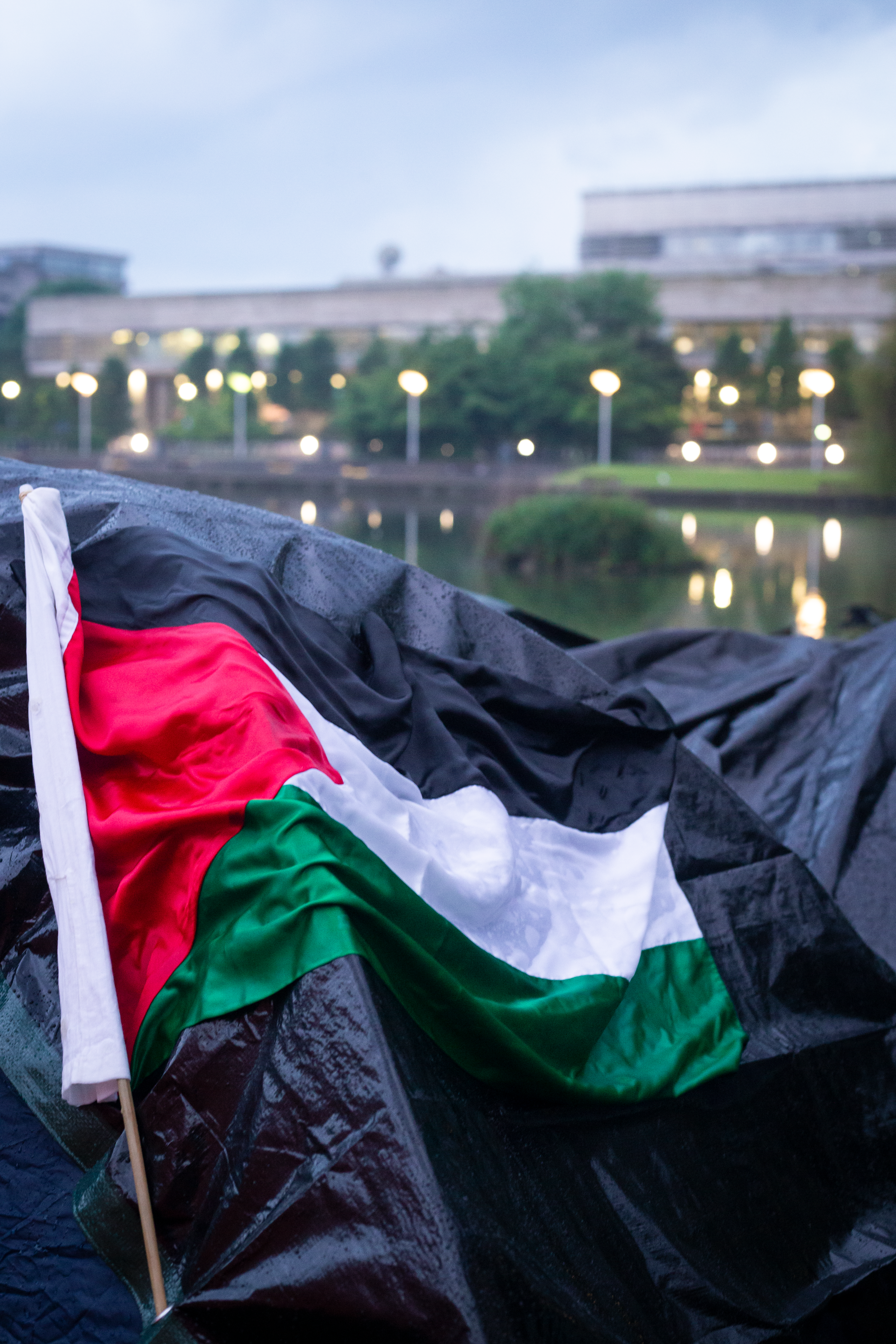After fifteen months of relentless violence, indiscriminate carpet bombing, and what many describe as a genocide, a fragile ceasefire has finally been passed despite a flurry of failed attempts. This ceasefire, between Israel and Hamas and brokered by Qatar, Egypt, and the United States, comes with high stakes and cautious optimism.
The agreement is broken down into three phases, with the first phase having begun this Sunday January 19th, and lasting six weeks. The second and third phases have not yet been completely agreed upon, with negotiations being set to happen during the first phase. Regardless of the details, the general acknowledgment of what the ceasefire is meant to achieve, is the return of the hostages from both sides, and an end to the hostilities.
Crucially, the Israeli army is meant to withdraw from Gaza. This withdrawal is happening in increments, with the military withdrawing to around 700 meters from Gaza’s border in the first phase, and completely withdrawing in the subsequent phases. This withdrawal allows the return of Palestinians to northern Gaza and the flow of aid there as well, where experts say that “there is a strong likelihood of imminent famine”. As a result, up to 600 aid trucks will be allowed to cross over per day. Also in the first phase, will be the reopening of the Rafah crossing with Egypt, allowing critically injured Palestinians the ability to receive treatment abroad. All these things act as important lifelines for Palestinians, whose situation was only deteriorating as time passed.
Equally significant is the prisoner exchange — a move hailed by many as a humanitarian gesture but criticised by some Israeli politicians as an act of concession to Hamas. The release of hostages has offered hope to affected Israeli families, while Palestinians view the release of prisoners, some of which as young as fourteen, as a small victory in the face of decades-long suffering.
It remains important to note that Israel has insisted that no written guarantees should be made to exclude a resumption of attacks after the first phase and post return of captives.
This poses the question of whether the ceasefire is meant to hold and questions the commitment of Israel to this agreement.
But while the deal appears to address immediate humanitarian and political concerns, it leaves deeper questions unanswered. Will this ceasefire hold? What will happen now? Is it merely a tactical pause in an ongoing cycle of violence?
A question often posed is “why now”. Simply, this ceasefire comes at a very crucial point for both Israel and Hamas. For Israeli Prime Minister Benjamin Netanyahu, the ceasefire agreement grants him reprieve from ongoing international and domestic pressures, especially with the International Criminal Court issuing an arrest warrant for him.
This agreement also coincides with Donald Trump’s January 20th inauguration. President Trump has been a staunch supporter of Israel in the past yet has vowed to end the conflict quickly when he comes to office. There is no saying what that entails. As a result, a ceasefire right before his inauguration could be a way to secure Israel’s best interest. However, hardliners of Netanyahu’s government have been very critical of this ceasefire, particularly the prisoner exchange, considering that the Palestinian-Israeli exchange ratio is a 30:1 ratio, this has made Israel look more malicious on the world stage. Many also hold the belief that the exchange would embolden Hamas and undermine Israel.
One of these hardliners happens to be Israel’s far-right national security minister “Ben-Gvir,” who resigned from Netanyahu’s Cabinet, shortly after the deal was announced as an act of protest, weakening Israel’s government, and revealing cracks in its unity.
On the other hand, Hamas has made this deal into a display of strength and resilience. By allowing the return of prisoners and the flow of aid they have sought to reinforce their image as the main shield of Palestinian rights. However, many Palestinians view this shield now as more of a dull blade, one that has failed to protect and only aggravated, where the toll of the devastation and death that was unleashed on Gazan’s, outweighs any political leverage Hamas may have gained. This criticism from Gazan’s has thus weakened Hamas’ legitimacy and approval amongst Palestinians. This further warrants the question of future leadership for Gaza, an issue that the ceasefire has yet to discuss. Does Gaza remain under Hamas? Does the withering Palestinian Authority hold? Or do other states intervene? For Palestinians, all these answers seem bleak, yet what matters now for them, is living, something which the ceasefire makes more possible.
The ceasefire has also revealed much about the ever-changing Middle Eastern sphere of influence, with Qatar and Egypt particularly being major players in making it possible. Iran’s shadow, meanwhile, looms large. Israel and its allies have harshly criticised Tehran’s involvement in the crisis as a major supporter of Hamas. The truce offers little to address the fundamental regional rivalries that drive the conflict, but it does momentarily reduce the immediate prospect of escalation.
This also means that the ceasefire deal with Hezbollah in the south of Lebanon should hold stronger now. This is important as Lebanon elects its new president Joseph Aoun, a military leader that is set to have a staunch anti-Hezbollah presidency. What this means for the future of Hezbollah and its conflicts with Israel remains unclear, but what is known is that Hezbollah now has more than just Israel to worry about. This could lead to a potential shift in power dynamics. Especially as Joseph Aoun’s candidacy is backed by France, Saudi Arabia, and the United States, while Hezbollah is Iran backed.
One crucial question is still unanswered when the truce takes effect: how long will it last? History is not very reassuring. What many people often overlook is that Israel and Hamas have frequently had brief ceasefires in the past, with violence erupting over unsolved issues. The ceasefire is also perceived by many as a band-aid solution to an open wound. One Middle Eastern specialist stated: “This is not peace; it’s just a pause,” and “Without addressing the political and economic disparities that underpin the conflict, any truce is bound to be temporary.”
Finally, a point most people ignore is the sheer devastation that Gazan’s will have to wade through. This ceasefire, in theory, would allow Gazan’s to return to their homes yet for many, there are no homes to return to. The scale of destruction is unprecedented, with the United Nations estimating that it would cost $1.2 billion and fourteen years just to clear the rubble, let alone rebuild on top of that. This is not even taking into consideration that most Gazan’s have experienced severe trauma from the violence. And while Palestinians are celebrating the ceasefire, as they move back to their homes, it has only highlighted the degree of loss they have experienced.
So, while a ceasefire may finally have been achieved, the longevity of it remains uncertain. For many Palestinians this marks a reprieve like no other and a time to celebrate. Yet for many others, a cautious optimism is to be expected, especially as the political sphere shifts in adjustment to this deal.







